 September 2023
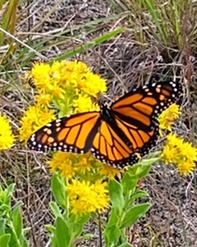
O Autumn, Autumn! O pensive light
and wistful sound!
Gold-haunted sky, green-haunted ground!
When, wan, the dead leaves flutter by
Deserted realms of butterfly!
When robins band themselves together
To seek the sound of sun-steeped weather;
And all of summer’s largesse goes
For lands of olive and the rose!
By Effie Lee Newsome
|

As a state park manager he had the opportunity to share his knowledge with many park visitors. He's back at it, with a series of photographs and observations about the "other" changes of fall that inspired this issue.
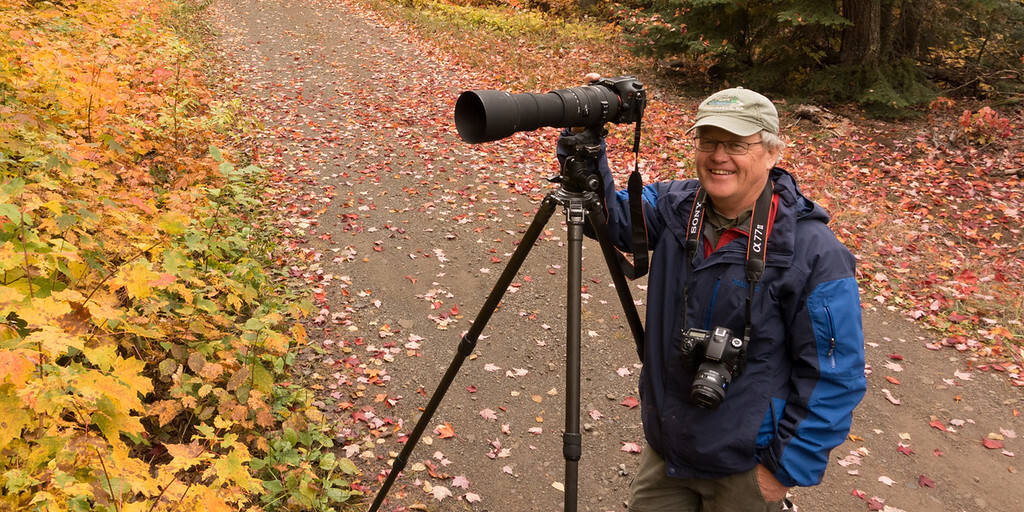 "Every season holds new wonders to experience and photographl"
Born and raised on a small farm south of McGregor, Minnesota, Paul Sundberg has been taking photos since the early 1970’s when he purchased his first 35 mm SLR camera. He started photographing the wildlife and scenery along Minnesota's North Shore when he moved to the area for a job at Cascade River State Park. Sundberg later moved to Gooseberry Falls Sate Park, where he worked until his retirement in 2010.
Seasonal changes
Some fruit are ripening now. Animals are getting ready for winter. In this Trailblazer issue, we shed light on some of the changes that may go undetected as we focus on the bright red, orange and yellow leaves.
Go outside and see what else you notice. Email your photo or story to trailblazer.dnr@state.mn.us

Mostly solitary in summer, these squirrels nest in groups in fall and throughout winter.
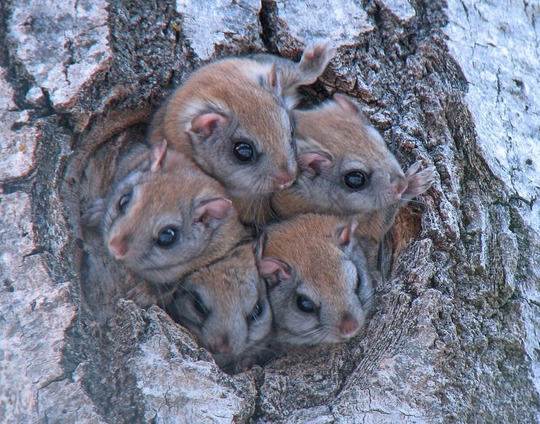 Northern flying squirrels live in many of our state parks, mostly in the coniferous forest biome. "When I took this photo there were twelve flying squirrels living in three pileated woodpecker cavities in the same tree." PHOTO: Paul Sundberg
Flying squirrels mainly use abandoned pileated woodpecker nests since the bird builds a new nesting cavity every year. Woodpeckers make homes for several northland critters.
Flying squirrels do not fly, but glide from one perch to another. Their "flight" is made possible by a fold of skin, a membrane which extends from the front to the hind feet. When the legs are outstretched, the skin stretches out to form a large planing surface.
These hares are fast and agile, reaching speeds of 30 mph and jumping 12 feet in a single bound.
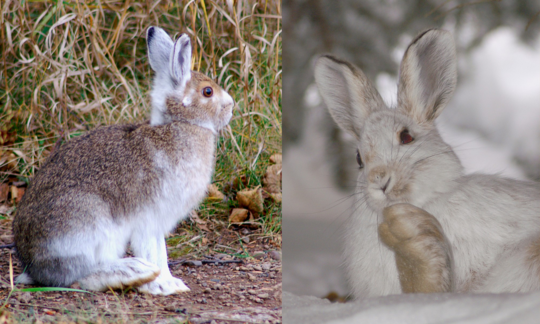 Snowshoe hares live in northern Minnesota in dense woodlands and forest bogs. PHOTO: Paul Sundberg
In Minnesota, the snowshoe hare is dark brown in summer, matching the deep shadows of damp northern thickets. It changes colors as fall approaches to camouflage from predators, growing an entirely new coat that is as white as the snow around it. This is called a leucistic phase.
Because weasels have a high surface area to weight ratio, they conserve body heat in winter by curling into a ball and lowering their metabolism.
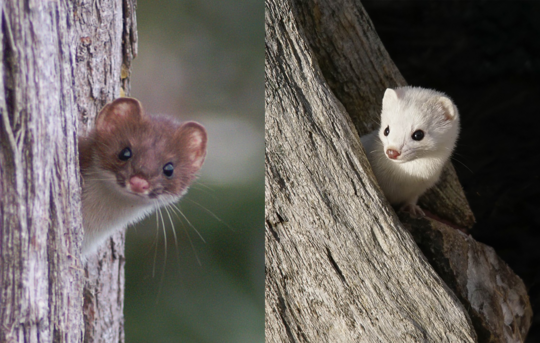 Weasels can be found anywhere that their main prey, mice, are found. Typical habitats are grasslands, woodlots, and brush piles. PHOTO: Paul Sundberg
There are three species of weasels in Minnesota, the short-tailed weasel, the long-tailed weasel, and the least weasel. All three species are brown on top and white-yellow on their undersides in summer, and turn white in winter. The camouflage helps them to both kill prey, and avoid being prey.
The short-tailed weasel is also known as "ermine," its fur used for trim on coats. The least weasel is the least common, and its fur has a peculiar characteristic — it fluoresces (glows) in ultraviolet light!
The largest North American rodent, the beaver is nature's original water conservationist and land and wildlife manager. But wherever they're too numerous they cause problems for people.
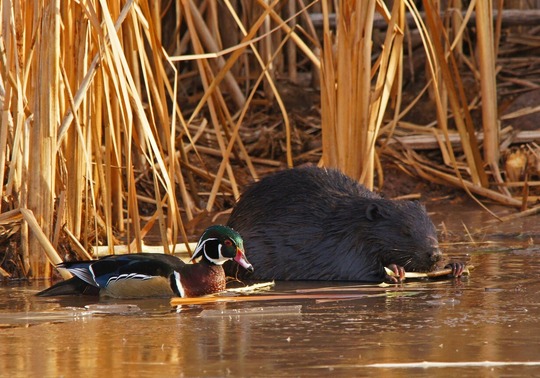 With their strong jaws and teeth, beavers can chew through a six-inch tree in 15 minutes. A single beaver can chew down hundreds of trees each year. PHOTO: Paul Sundberg
In fall, beavers are especially busy storing food in front of their lodges to last through the long Minnesota winters. In spring and summer, beavers eat leaves, buds, twigs, fruit, ferns, stems, and the roots of water plants. In fall and winter, they eat cuttings from trees stored beneath the water.
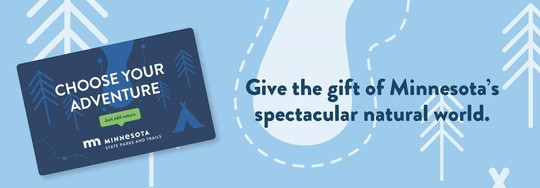
This bird is named for its red-tipped wing feathers. They especially like to eat the mountain ash berries, plentiful in several Minnesota state parks.
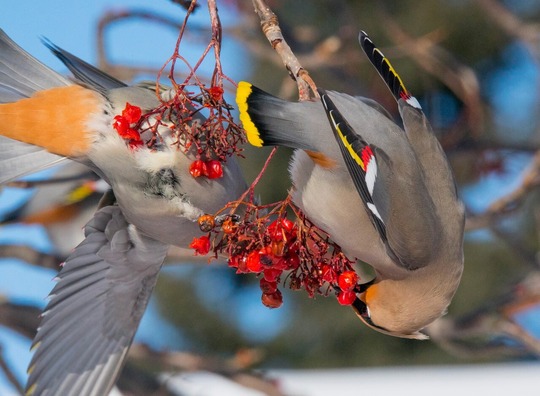 PHOTO: Paul Sundberg
Fall is the time to see several species of birds migrating through Minnesota heading south. Waxwings are one of the most colorful. Two species that migrate along the North Shore are the cedar and bohemian waxwings. Photographer Paul Sundberg said he's observed groups of migrating waxwings that number in the hundreds!
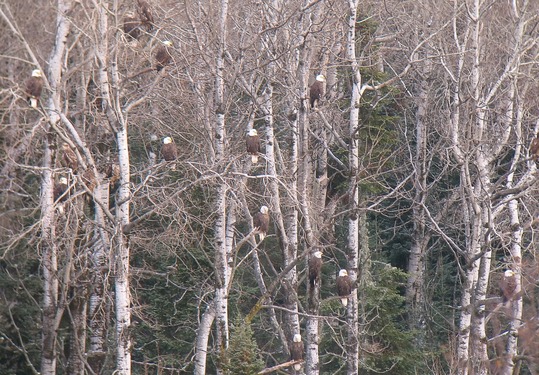 PHOTO: Paul Sundberg
The Mississippi River valley is a migration corridor for many species of waterfowl, raptors and shorebirds traveling to warmer southern areas for the winter. Large numbers of bald eagles can be seen in southeastern Minnesota during this time. Some even overwinter in the Red Wing and Wabasha areas near the Mississippi River, where the current of the inflowing Chippewa River maintains open water throughout the season.

That is, it's mating season for these mammals.
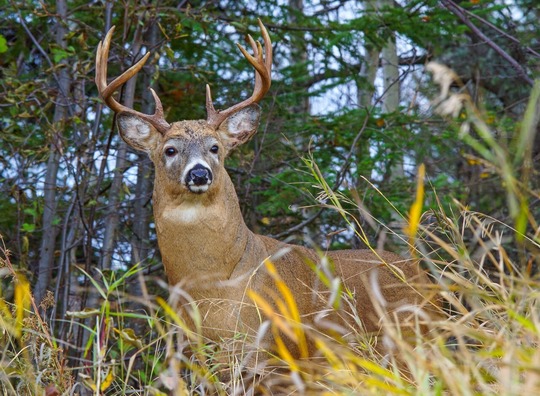 PHOTO: Paul Sundberg
Deer get huge necks, as testosterone released by males causes it to swell. This adaptation helps appear more intimidating and attractive to females.
Moose are on the move, as they travel long distances in search of a mate. Look for them (from a safe, respectful distance) along back roads and trails in northeast and northwest Minnesota. The moose is our state's largest wild animal, and it can run 35 mph and easily swim 10 miles without stopping.
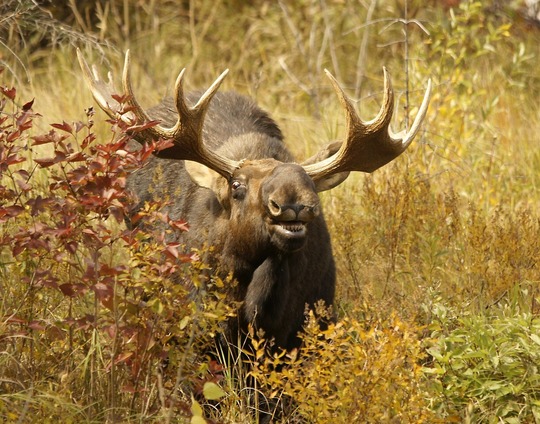 PHOTO: Paul Sundberg
Frontenac State Park manager Jake Gaster took this photo and shared about the butterfly that visits this southern Minnesota park.
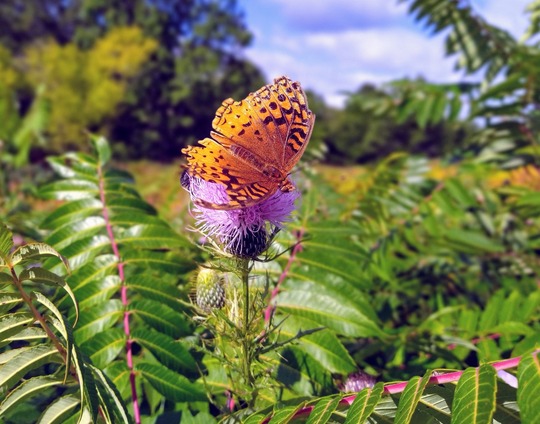 This butterfly is attracted to a variety of violet species, including common blue violets (viola sororia), sweet white violet (v. blanda), and smooth yellow violet (v. eriocarpa). PHOTO: Jake Gaster
The great spangled fritillary lay their eggs on or near violets in late summer. The eggs hatch in the fall... but the hatched caterpillars overwinter and don't feed until spring.
Look for this butterfly between mid-June and into October.
Afton State Park naturalist Linda Radimecky likes that the banded Argiope and black and yellow Argiope (also known as garden spiders and orb weavers) eat pests such as flies, moths, beetles, wasps and mosquitoes.
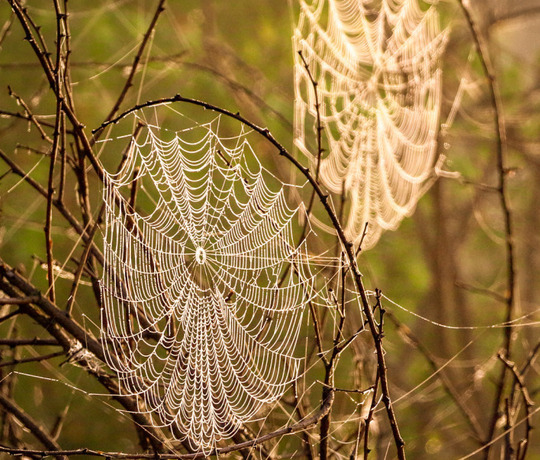 "Overachiever spider" was what Bonnie Affolter named this photo she captured in late September in 2019 at Afton State Park. There's beauty in small things if you look closely.
Many orb weavers build a new web each day and are active during the evening hours. You can see hundreds of their webs when the dew covers the strands of their webs strung between prairie grass stems. You can identify them by the white zigzag pattern (called a stabilimentum) in the middle of the web where the spider often hangs.
Itasca State Park naturalist Connie Cox shared some interesting facts about fall wild fruit.
Hawthorn fruit
 Ripening fruits, also called thornapples, can vary from yellow to red to dark red. They are not a preferred fruit by wildlife, partly because of the low-fat content or low food-energy value. PHOTO: Connie Cox, Itasca State Park
Hawthorn is also known as thornapple, quickthorn, hawberry, bigfruit hawthorn, or Mayflower. The impenetrable interlacing branches and thorns of its thicket makes for ideal nesting cover for mourning doves, gray catbirds, brown thrashers, yellow warblers and northern cardinals.
In the fall, you might see ruffed grouse and cedar waxwings, as well as black bear and deer, eating the fruits. Hawthorns are high in pectin, thus good for making jelly, jam, pie filling and syrup. They make good tea.
Highbush cranberries
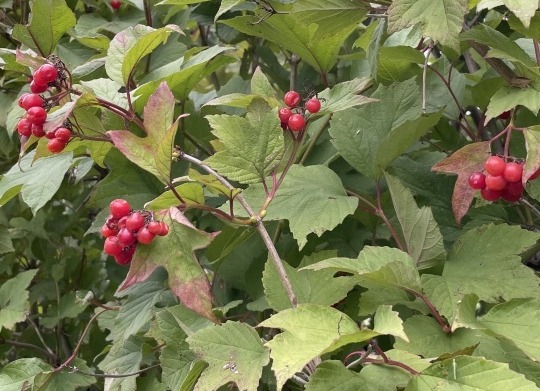 Ripening fruits appear translucent and range from orange to red in color and tend to dangle in clusters from the branch. They are thin skinned and there is one seed inside each fleshy fruit.
American highbush cranberry is also known as cranberry tree, American cranberrybush, love rose and crampbark. The fruit matures from early August into early September. The bright shiny red fruits often persist on the plants well into the winter.
The edible fruits are commonly gathered in late August or early September. They are best picked when slightly underripe (they will be sour). They are used in sauces, jellies, and juices.
Many wild critters will eat the fruits, including deer, chipmunks, squirrels, foxes, and racoons. Birds normally eat them after they have frozen and thawed several times. Birds include robins and cedar waxwings.
Rose hips
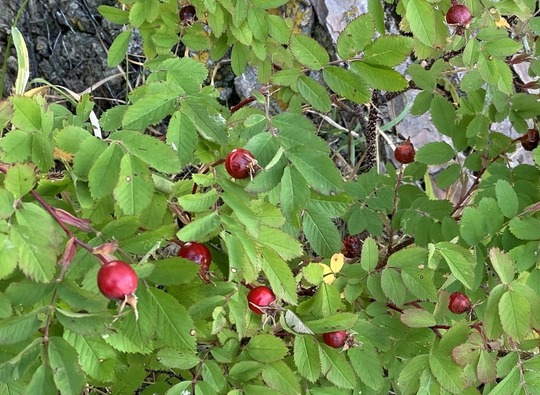 Sunset Lakeshore at Glendalough State Park.
Wild roses
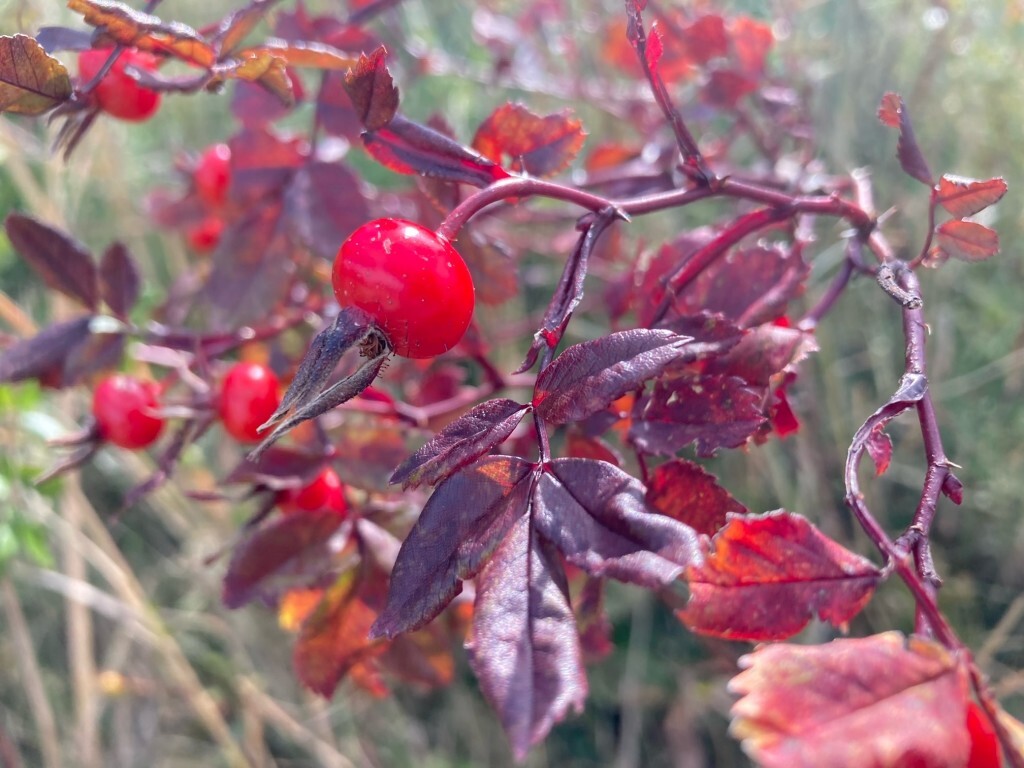 PHOTO: Kurt Mead, taken at George Crosby Manitou State Park
|